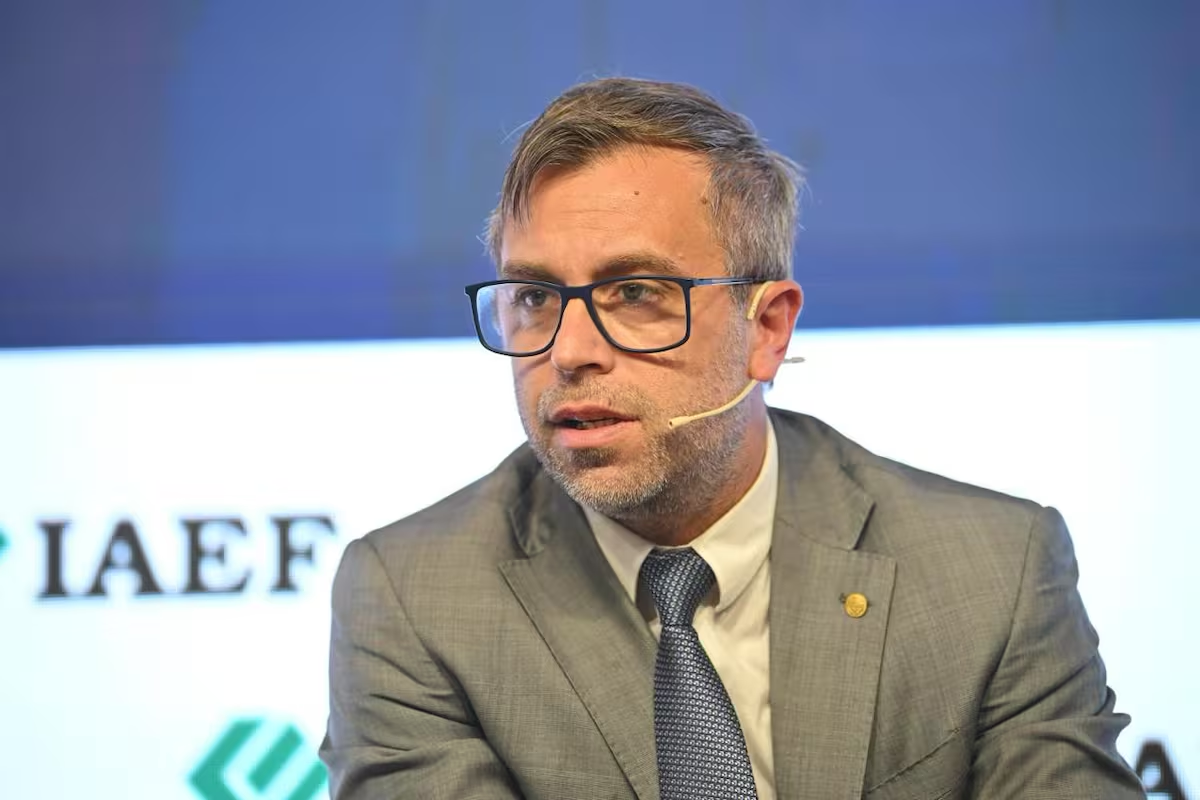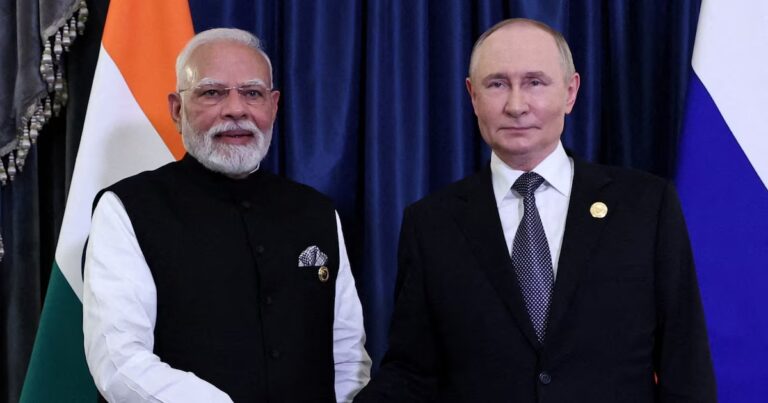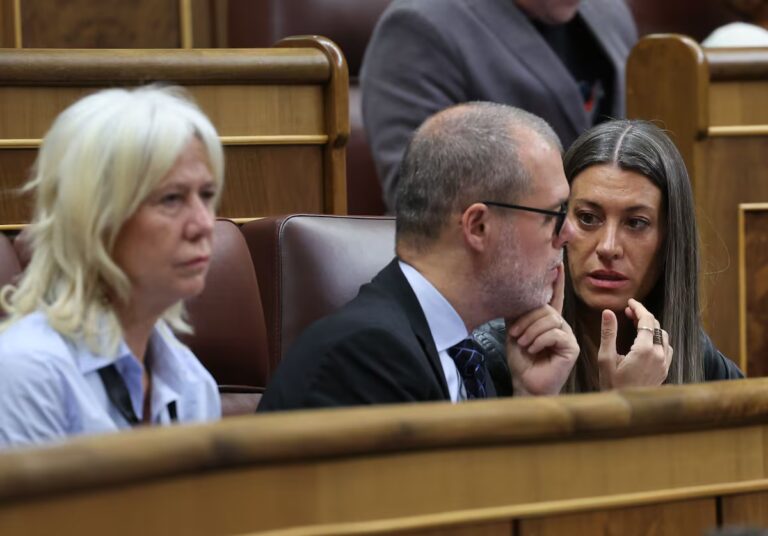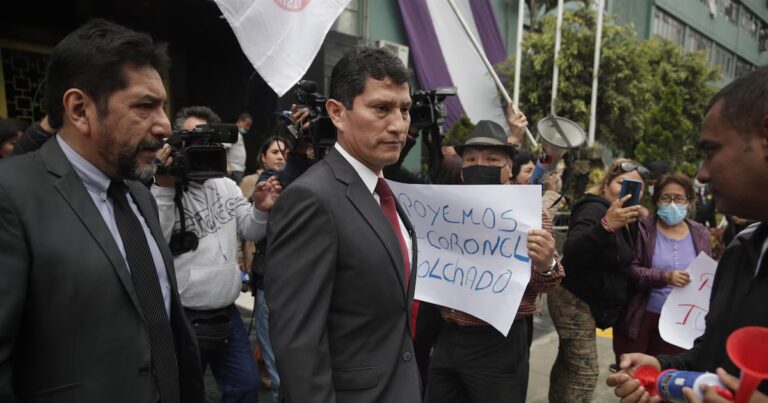
“Argentina is not ready to embark on a free-floating plan”BCRA board member Federico Friase staunchly defended the exchange program, which has been in place since mid-April. The official stressed that the economic plan has shown its “resilience” in the volatile circumstances of recent months, and said that once the election uncertainty is overcome, The phase of international reserve accumulation begins.
“As a result of what has been done so far and the recovery in capital demand going forward, with orderly macro We’re going to generate space where we can buy dollars. This is the result of a convenient process. This is because a macroeconomic space has been created in which dollars can be purchased within the framework of a recovery in demand for money, without putting pressure on inflation or exchange rates within a band-to-band floating regime, and without requiring sterilization. Moreover, it is independent of the maturity payment in next year’s dollars.“, he stated.
Regarding this last point, the official explained that strengthening the central bank’s balance sheet is independent of the millions of dollars Argentina has to spend to pay various multilateral credit institutions and investors. This country is supported by America, swap Relationship with China and reduced country risk enable “exploration” tools To carry out repurchase or refinance operations. “With this strategy, we will be able to address the 2026 maturity,” he asserted.
Already at the end of October, BCRA Vice-President Vladimir Werning informed the market that BCRA plans to purchase reserves in order to remonetize the economy.
Friase was in charge of the closing of the event organized by the Argentine Association of Financial Executives (IAEF), which took place this Thursday at the Yacht Club of Puerto Madero. With an audience of economists, CFOs, and stockbrokers. One of the first questions from the audience was whether the striped floating regime would be maintained.
“If the band is properly adjusted, it will work.”. What this show has shown is that it works very well in the midst of political noise, and after that uncertainty, the dollar moves away from the band’s ceiling. Why are the bands properly calibrated? Because we have $1,400 of that dollar. This means a more competitive real exchange rate than when Macri left the stock ($1,275 in real terms) and at the time of the transition ($980 on average). “The macroeconomic fundamentals are much better,” he said.
There are four reasons why we are not “ready” for a free-floating dollar regime. According to officials. First, he mentioned Volatility of funding demandthat “has been proven in recent months.” Secondly, he emphasized that: political instability, There, each election is divided between parties that “want surpluses and macroeconomic order” and others that “want a recovery in spending and emissions.”
Thirdly, Mr. Furiase said: Argentina’s currency market trades between $200 and $400 million every day. Therefore, it is “very small”. This means that when demand is very low, volatility can occur that is “inconsistent” with economic and exchange rate policy objectives.
Finally, unlike the United States, where investors buy government bonds to support their savings during a crisis; In Argentina, the refuge is the dollar. “That creates a mechanism for a vicious cycle. A stronger dollar creates more uncertainty, economic instability and a slowing of the business cycle,” he concluded.
The BCRA chief explained that economic policy will proceed in the following directions. The “trilemma” between lowering inflation, accumulating foreign exchange reserves, and boosting growth. Friase said the “absolute priority” after the April IPO was to bring inflation down and break through the 2% monthly floor in mid-year, so the central bank “didn’t go out and buy dollars within the band.”
“We have succeeded in decoupling the process of disinflation from the appreciation of the dollar. It was known on Wednesday of this week that the inflation rate in October was 2.3% month-on-month, compared to 2.1% in September.
Another focus of questions from the public was the trend in interest rates. In this regard, Friase recalled that they are “endogenous” and set by the market, but stressed that: Once the political noise died down, they “collapsed.”
“What’s going to happen is much more than that. With more political support and more social support, this lower interest rate will generate more credit recovery. There will be an orderly macro economy and the central bank will no longer have paid debt, which could increase credit to families and businesses. “What’s going to happen is lower interest rates that will reinvigorate credit.” project.



